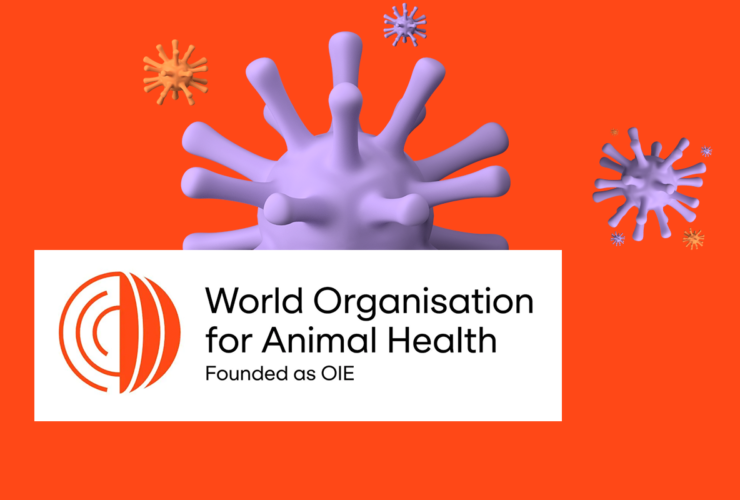AGAİNST THE DANGER OF BRUCELLOSIS HAVE YOU TAKEN PRECAUTIONS?
Your herds could be under threat!

BRUCELLOSIS;
- Brucellosis is a highly contagious chronic disease quickly spread in cattle, sheep and goats.
- Some animals are carriers; but Show no signs of illness. These animals can shed the bacteria into the environment for long periods of time, infecting other animals in the herd.
- There is no economically feasible treatment for brucellosis in form animals.

KEY FACTS
BRUCELLOSIS;
- İs the world’s most widespread economically important disease transferred from animals,
- Pose a threat to the milk industry due to reduced productivity of farm animals and trade barriers,
- The most successful method for prevention and control of brucellosis in animals is through vaccination.

Aborting cows produced 20% to 25% less milk fort hat season, while seropositive non-aborting cows produced 10% below potential.2

- Higher productivity losses are associated with higher prevalence ratez.
- The severity of the disease depends upon many factors such as previous vaccination, age, and management factors (e.g. herd size and density).
- Abortions are more prevalent in unvaccinated animals and numbers organisms shed are much greater.

- Humans generally acquire the disease through direct contact with infected animals, by eating or drinking contaminated animal products or by inhaling airborne agents.
- Most cases are caused by ingesting unpasteurized mil kor cheese from infected animals.
In a scenario of 52% reduction of brucellosis transmision between animals achieved by mass vaccination, results an average benefit-cost ratio of 3.2. 3

- The most successful method for prevention and control of brucellosis in animals is through vaccination.
- The attenuated strains of B. melitensis strain Rev.1 for sheep and goats and B. abortus strain 19 have proven to be superior to all others.
- The source and quality of the vaccines are critical. The dosages and methods of administration vary and these can affect the results.
- It is often recommended that vaccination with strains 19 and Rev.1 should be limited to sexually immature female animals. This is to minimize stimulation of postvaccinal antibodies which may confuse the interpretation of diagnostic tests and also to prevent possible abortions induced by the vaccines.
- Field and laboratory studies have demonstrated that conjunctival administration of brucella vaccines makes the vaccination of the herd or flock a practical and effective procedure. Rapid herd immunity is developed and application costs are minimized.
- The lowered dose results in lower antibody titers and these recede rapidly.
- Vaccination of animals usually results in elimination of clinical disease and the reduction in numbers of organisms excreted by animals which become infected.








